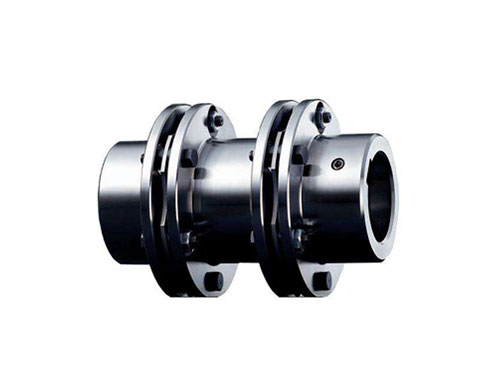 JMⅡJ Type Intermediate Shaft Type Diaphragm CouplingJMⅡJ Type Intermediate Shaft Type Diaphragm Coupling...
JMⅡJ Type Intermediate Shaft Type Diaphragm CouplingJMⅡJ Type Intermediate Shaft Type Diaphragm Coupling...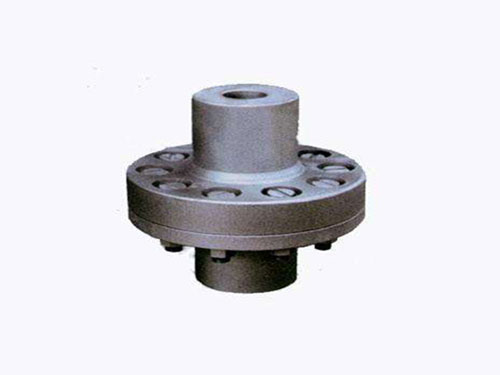 Elastic sleeve pin coupling for pumpElastic sleeve pin coupling for pump: 1. Elastic...
Elastic sleeve pin coupling for pumpElastic sleeve pin coupling for pump: 1. Elastic...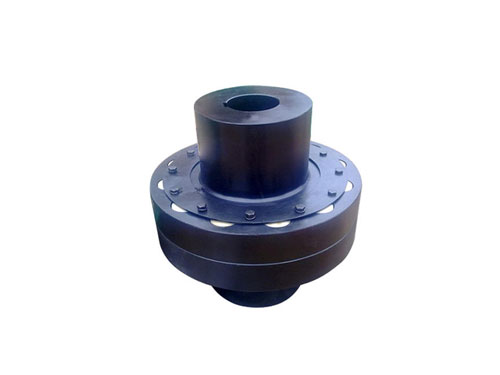 HL nylon rod pin couplingHL nylon rod pin coupling has good toughness...
HL nylon rod pin couplingHL nylon rod pin coupling has good toughness...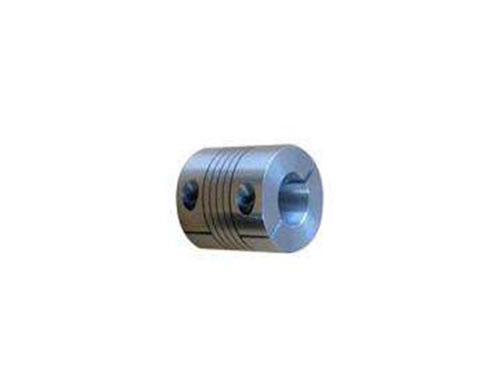 Multi-section clamping diaphragm coupling1. Diaphragm elastic coupling 2. Gaoling...
Multi-section clamping diaphragm coupling1. Diaphragm elastic coupling 2. Gaoling...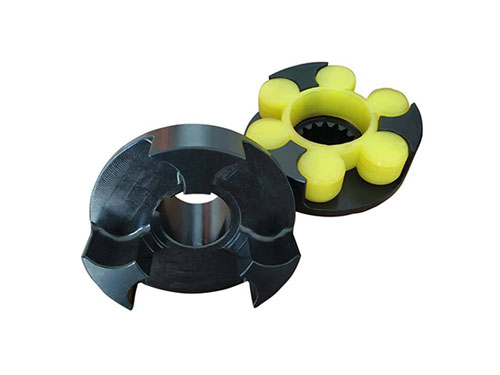 LMZ-ⅡPlum-shaped elastic coupling with brake wheelLMZ-Ⅱ (formerly MLL-Ⅱ) type with brake wheel plum...
LMZ-ⅡPlum-shaped elastic coupling with brake wheelLMZ-Ⅱ (formerly MLL-Ⅱ) type with brake wheel plum...What are the differences between the cross-type slider coupling and the plum blossom coupling?
Coupling is a rotating part connecting shaft and shaft, and it can also play a role in overload protection, and there are many types of it.Coupling is a mechanical part used to connect two shafts (driving shaft and driven shaft) in different mechanisms so that they can rotate together to transmit torque.In the high-speed and heavy-duty power transmission, some couplings also have the function of buffering, damping and improving the dynamic performance of the shafting.The coupling is composed of two halves, which are respectively connected with the driving shaft and the driven shaft.The general power machine is mostly connected with the working machine by means of a coupling.Therefore, sometimes in the process of installing the coupling, we must also pay attention to the deviation in the process of connecting the shaft to the shaft. It has a beautiful surface and good performance. It does not need to undergo surface treatment such as coloring to give full play to the inherent surface performance.
The plum blossom coupling is processed by machining methods such as turning, milling, and broaching, and then undergoes overall heat treatment.In order to determine sufficient mechanical strength, there is another type of claw plate on the market that is a casting, which can be mass-produced without processing loss.The shafting transmission with small torque and mainly transmitting motion requires the plum blossom coupling to have high transmission accuracy. It is advisable to use flexible couplings with metal elastic elements, and shaft transmissions with large torque and power transmission. Transmission accuracy is also required. At high speeds, flexible couplings between non-metallic elastic elements and flexible couplings should be avoided. Diaphragm couplings with high transmission accuracy should be used.
XNUMX. What is the difference between cross-type slider coupling and plum blossom coupling?
Cross slide coupling: suitable for many occasions, such as tachometers, encoders, screw rods, industrial machinery, etc., backlash-free connection, used for small torque measurement, simple transmission structure, convenient use, easy installation, Time-saving, wide size range, small moment of inertia, easy for visual inspection, oil corrosion resistance, electrical edge, different sliding block elastomers for selection, the sliding between the sleeve and the middle piece can allow large radial and angular deviations, middle The convex point design produces a supporting effect, allows a large angular deviation, does not produce a bending moment, and reduces the shaft load.
Plum blossom coupling: suitable for servo system, spindle drive, lifting platform, machine tool drive, gear box motor.Compact, no backlash, providing three different hardness elastomers, which can absorb vibration and compensate for radial and angular deviations.Simple structure, easy to maintain, easy to check, maintenance-free, oil-resistant and electrical edge, working temperature -60 degrees -120 degrees; plum-shaped body with four petals, six petals and eight petals; the fixing method has a keyway to choose the machine with coupling transmission , The alignment deviation of the two shafts of the coupling and the end face of the coupling should meet the requirements of the machine's technical documentation.If there is no requirement, the following requirements should be met: the end faces of the two coupling halves should be in close contact, the allowable axial displacement of the two shafts is 2.0-5.0mm, the allowable radial displacement is 0.8-1.8mm, and the allowable angular displacement is 1.0 -2.0.
XNUMX. What needs to be considered when selecting a plum blossom coupling?
1. The relative displacement of the axis of the two shafts is caused by manufacturing and assembly errors, shaft load and thermal expansion deformation, and relative movement between components.
2. The allowable dimensions and installation methods are for the operation space for ease of assembly, adjustment and maintenance.For large couplings, it should be possible to disassemble and assemble without axial movement of the shaft.
3. The size and nature of the torque to be transmitted, the requirements for buffering and damping functions, and whether resonance may occur.
Couplings are also called couplings.A mechanical component used to firmly connect the driving shaft and the driven shaft in different mechanisms to rotate together and transmit motion and torque.Sometimes it is also used to connect shafts and other parts (such as gears, pulleys, etc.).It is often composed of two halves, which are connected by a key or tight fit, respectively, and fastened to the ends of the two shafts, and then the two halves are connected in some way.It is difficult to adjust the alignment of the two shafts for large machinery and equipment, so you should choose a coupling that is used for a long time and is convenient for changing wearing parts.Universal couplings with metal elastic elements generally have a longer service life than universal couplings with non-metal elastic elements.Couplings that need to be sealed and lubricated and not used for a long time will inevitably increase the maintenance workload.